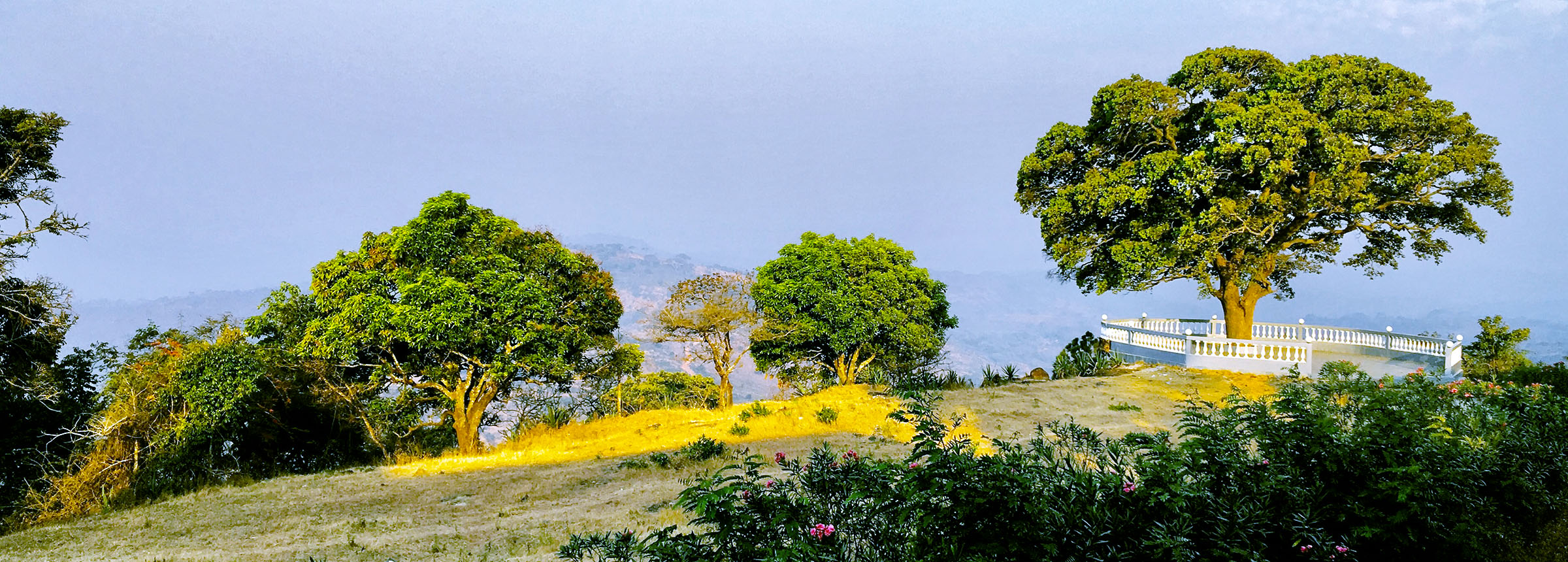
New Long-Term Emissions Reduction Project Starts in Mexico
Two Mexican states with very different profiles have been chosen to be part of the new The Climate Pathway Project, which will support state and regional governments to plan long-term decarbonization pathways. This blog post introduces the project and recounts some of the initial stocktaking missions.
Laura Secada and Valeria Correa, The Climate Group
Querétaro is a small state with one of the fastest growing GDPs in the country and, due to its close proximity to Mexico City and some of the main ports in the country, it acts as an industry and trade hub. Quintana Roo, on the Yucatán Peninsula, has a booming tourist industry as it is home to one of the most picturesque coastlines in the country.
Despite the differing growth trajectories ahead of them, each state has a similar commitment to reduce their greenhouse gas (GHG) emissions in the long-term and to take ambitious climate action.
The Climate Pathway Project is funded by Norway´s International Climate and Forest Initiative (NICFI) and provides states with technical assistance to plan pathways for mid-century emissions reductions goals. Mexico, alongside Argentina, Brazil and Peru, is one of four Latin American countries that are part of the project. In particular, the project focuses efforts on states and regions with significant emissions from Agriculture, Forestry and Other Land Use (AFOLU) to support the conservation of forests, which act as important carbon sinks.
This project will analyze each state and develop a plan that allows for growth alongside ambitious long-term emissions reductions. The project is being delivered in coordination with the following consortium partners: The Governors’ Climate and Forests (GCF) Task Force, Winrock International and The Center for Climate Strategies.
Stocktaking Missions
After a successful initial kick-off meeting that took place in Caquetá, Colombia in May, initial stocktaking missions were held in Mexico in June. The objectives of these missions were to inform relevant stakeholders of the project, compile information to start the pathways analysis and the identification of a team of stakeholders that will participate actively throughout the project.
Each mission consisted of bilateral meetings with stakeholders from different sectors including members of local government agencies, industrial chambers, organized civil society, NGOs and indigenous leaders. During each meeting the priorities of each sector were discussed as well as the opportunities and barriers to emissions reductions and socioeconomic development.
For Querétaro, the energy sector was classified as one of the main sectors with transport being the subsector with the highest emissions within this category. As energy production is a mandate of the national government, mitigation actions in the transport sector are under consideration as a priority in the state’s pathway.
For Quintana Roo, emissions from the forestry and agriculture sector (AFOLU) are the highest and, hence, efforts to reduce emissions in these two sectors will be the focus. An initial core working group was identified in each state and some important lessons were captured on how to engage with the different stakeholders in each region.
Next Steps
With the data gathered during the missions, our technical consortium partners — Winrock International and Center for Climate Strategies — will conduct baseline analysis to review information on the emissions in the state as well as their economic indicators and social development plans. Afterwards, the project team will collaborate with the technical working groups in each state to develop a projection of the emissions till 2050 under a ‘business as usual’ scenario.
This exercise will establish the starting point of the pathway analysis by showing stakeholders the outcome should no mitigation actions be implemented. This will be presented in a workshop on a second visit to Mexico in late September that will focus on a discussion of these results and the construction of a possible “long-term low emission vision” in which mitigation actions are considered.
An initial stocktaking mission will be carried out in the five other project regions: Santa Fé (Argentina), São Paulo, Amazonas, Mato Grosso (Brazil) and Madre de Dios (Peru).
There is an incredible potential to learn from the context of each region and The Climate Pathway Project will record all of the lessons learned and best practices to share with the rest of the Under2 Coalition.
We will showcase the initial results of the project in COP25 in Santiago de Chile where we hope to promote an integrated long-term planning process to assist in meeting decarbonization goals.
